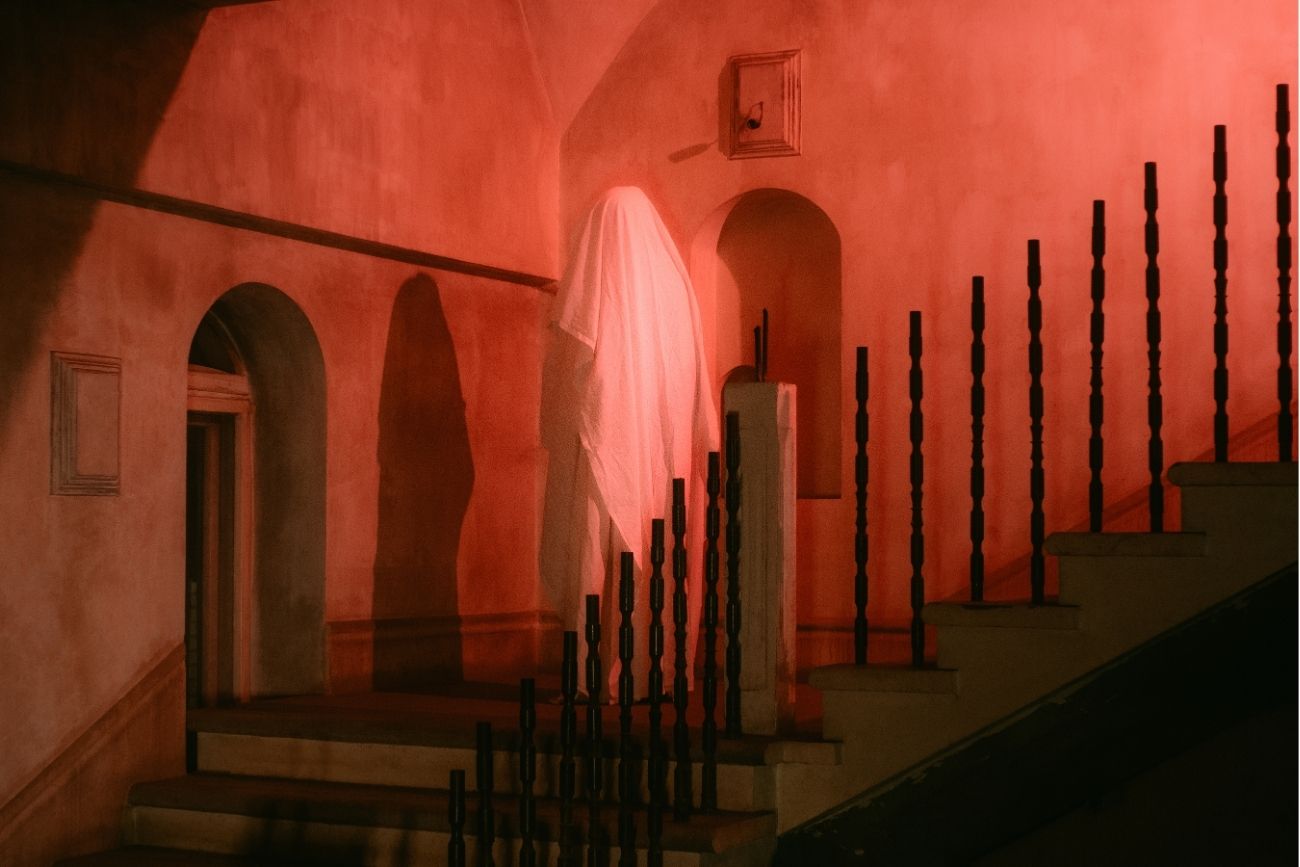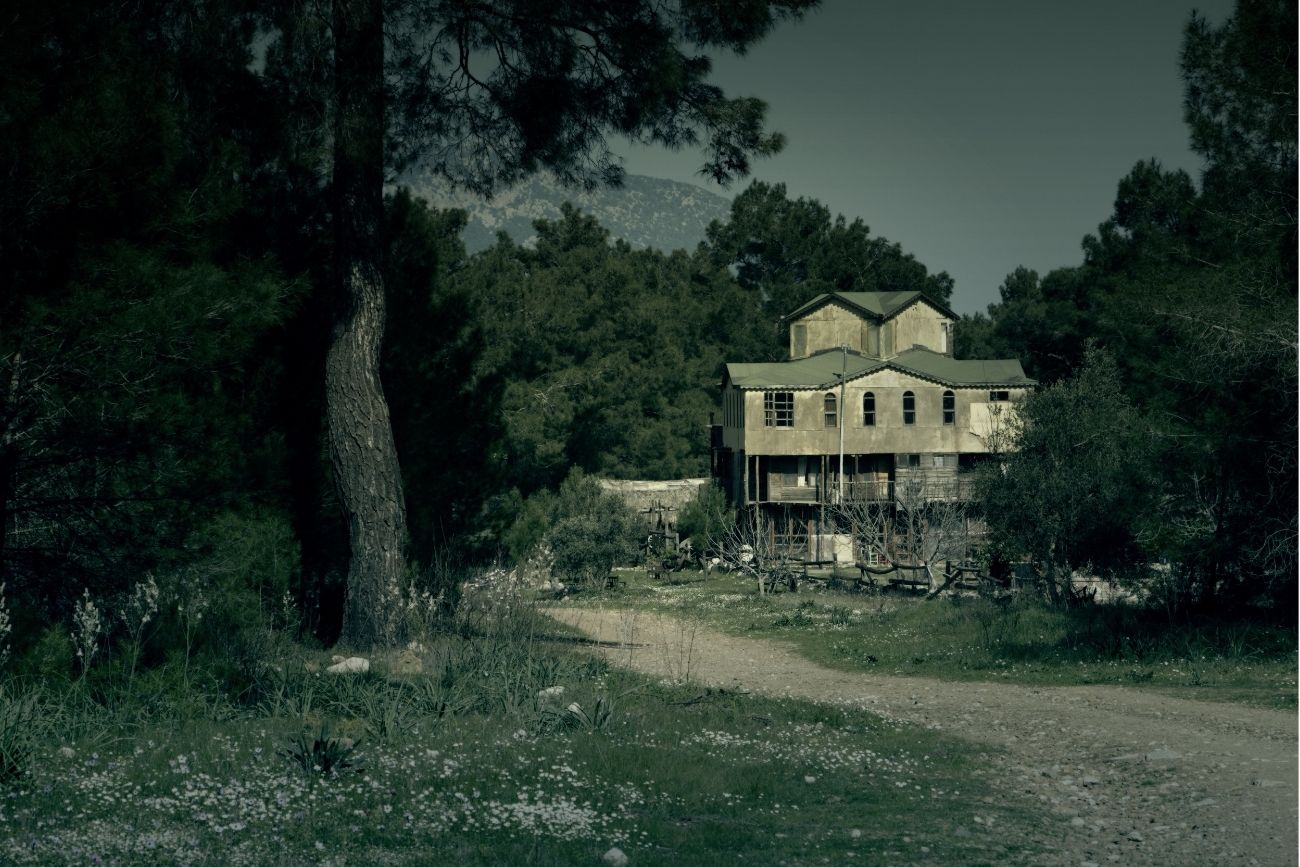
Old Spanish Words for Gothic Atmospheres: 7 Dark Terms
Creating eerie and dark settings in Gothic horror requires a careful selection of words that evoke a sense of antiquity, mystery, and fear. Old Spanish words for Gothic atmospheres can add depth and historical weight to your horror stories. Terms like “morada” (dwelling) and “espectro” (specter) are perfect for conversations and descriptions involving Gothic or supernatural themes.
In this article, we explore seven old Spanish words for Gothic atmospheres that can enhance the tone of your horror writing. With examples and detailed explanations, you’ll learn how to use these words to create immersive Gothic settings filled with mystery and fear.
1. What Are Old Spanish Words for Gothic Atmospheres?
Old Spanish words for Gothic atmospheres carry a certain weight that modern terms may not offer. These words bring a sense of timelessness and gravity to descriptions of dark, mysterious settings. For example, terms like “morada” and “sepulcro” are far more evocative than their modern counterparts, helping writers set the perfect Gothic scene where shadows, secrets, and the supernatural lurk.
2. Using “Morada” to Set Gothic Dwelling Atmospheres
One of the most effective old Spanish words for Gothic atmospheres is “morada” (dwelling). Unlike the modern term “casa,” morada evokes a sense of solemnity and mystery, making it ideal for describing ancient mansions or castles in Gothic horror.
Example:
“The ancient morada stood in the mist, like a specter lost in time.”
(“La antigua morada se alzaba en la niebla, como un espectro perdido en el tiempo.”)
Morada adds an air of antiquity, making the setting feel aged and filled with secrets, a common element in Gothic horror.
3. Shadows and Secrets: The Power of “Sombra” in Gothic Settings
Another essential old Spanish word for Gothic atmospheres is “sombra” (shadow). In Gothic stories, sombra doesn’t just refer to a lack of light but also evokes something hidden and unknown, adding an element of fear and suspense.
Example:
“A long sombra crept across the floor, as if the darkness itself had come to life.”
(“Una sombra alargada se deslizó por el suelo, como si la oscuridad misma hubiera cobrado vida.”)
Using sombra suggests that something ominous or supernatural may be lurking in the darkness, enhancing the Gothic atmosphere of mystery.
4. “Espectro”: Ghosts and Apparitions in Gothic Horror
“Espectro” (specter) is a quintessential term in Gothic horror, often used to describe ghostly apparitions. As one of the key old Spanish words for Gothic atmospheres, espectro refers to ghostly figures that appear to haunt the living.
Example:
“The espectro of a woman materialized before him, her face hidden by a deathly veil.”
(“El espectro de una mujer se materializó frente a él, su rostro cubierto por un velo mortuorio.”)
This word adds an eerie, supernatural quality to any scene, making it perfect for stories involving haunted houses or restless spirits.
Ready to dive into the dark tales and chilling culture of Spain?
5. “Sepulcro” in Gothic Horror Landscapes
“Sepulcro” (sepulcher) is one of the most atmospheric old Spanish words for Gothic horror. It refers to tombs or burial places, evoking images of ancient cemeteries or crypts. In Gothic horror, sepulcro often represents forgotten graves or mausoleums where dark secrets are buried.
Example:
“The family sepulcro was covered in moss and ivy, its stone walls cracked and decayed with time.”
(“El sepulcro familiar estaba cubierto de musgo y hiedra, sus muros de piedra agrietados y desgastados por el tiempo.”)
Sepulcro is ideal for setting eerie graveyard scenes or describing crypts where the dead may not rest peacefully.
6. Creating Gloomy Atmospheres with “Lóbrego” in Gothic Descriptions
“Lóbrego” (gloomy) is a powerful old Spanish word for Gothic atmospheres. It describes something deeply dark and dismal, often used to set a tone of fear or dread in Gothic narratives.
Example:
“The lóbrego corridor stretched ahead, each footstep echoing in the oppressive silence.”
(“El corredor lóbrego se extendía ante ellos, cada paso resonando en el opresivo silencio.”)
This adjective perfectly captures the feeling of being trapped in a dark, oppressive place, ideal for settings like decaying castles or underground tunnels.
7. “Fantasmagórico”: Phantasmagoric Visions in Gothic Horror
“Fantasmagórico” (phantasmagoric) refers to something that seems dreamlike or illusory, almost as if it exists in a nightmare. As one of the most visually striking old Spanish words for Gothic atmospheres, fantasmagórico describes eerie and surreal scenes where reality and imagination blur.
Example:
“The trees twisted into fantasmagórico shapes under the pale moonlight, as if they were creatures from another world.”
(“Los árboles se retorcían en formas fantasmagóricas bajo la luz pálida de la luna, como si fueran criaturas de otro mundo.”)
This term is perfect for creating unsettling, dreamlike imagery that disturbs both the characters and the readers.
8. The Role of “Penumbra” in Gothic Horror Atmospheres
“Penumbra” (half-light) refers to the space between light and darkness, where shadows dominate but faint light lingers. It’s one of the most useful old Spanish words for Gothic atmospheres when describing places filled with uncertainty and hidden dangers.
Example:
“The room was filled with penumbra, turning each piece of furniture into a distorted silhouette.”
(“La habitación estaba llena de penumbra, convirtiendo cada mueble en una silueta deformada.”)
Penumbra is essential in Gothic horror to describe those in-between spaces where the unknown hides, creating a sense of suspense and fear.
How to Use Old Spanish Words for Gothic Atmospheres
Using old Spanish words for Gothic atmospheres is a great way to immerse readers in a dark, mysterious setting. Here are some tips:
- Choose the right setting: Words like “morada” and “sepulcro” are ideal for describing old, decaying places that evoke fear and mystery. These terms add historical depth to your setting, enhancing the Gothic mood.
- Play with light and shadow: Words like “penumbra” and “lóbrego” are perfect for creating scenes where darkness dominates but isn’t absolute. This contrast is key to building suspense in Gothic horror.
- Invoke the supernatural: Use “espectro” or “fantasmagórico” to describe ghostly figures or surreal, phantasmagoric visions. These words bring an otherworldly feel to your Gothic horror, blurring the line between reality and nightmare.
- Evoke deep emotions: Words like “sombra” go beyond physical darkness and suggest deeper, hidden fears. These terms help set the tone of unease and tension in a Gothic atmosphere.
Conclusion
Using old Spanish words for Gothic atmospheres enriches the tone and mood of horror stories, adding depth to dark, mysterious settings. Words like “morada,” “espectro,” and “penumbra” help create Gothic environments where the supernatural and the unknown thrive. For writers and readers of Gothic horror, mastering these terms enhances the emotional and atmospheric impact of the story, leaving a lasting impression long after the tale ends.
Ready to dive into the dark tales and chilling culture of Spain?






